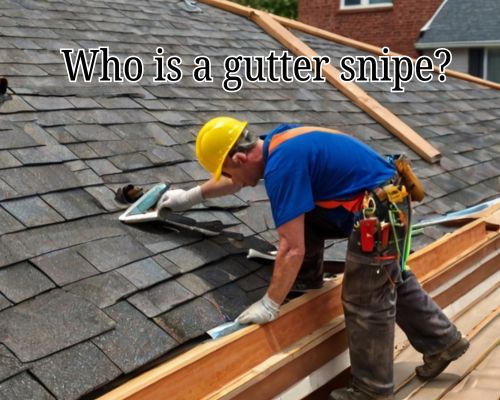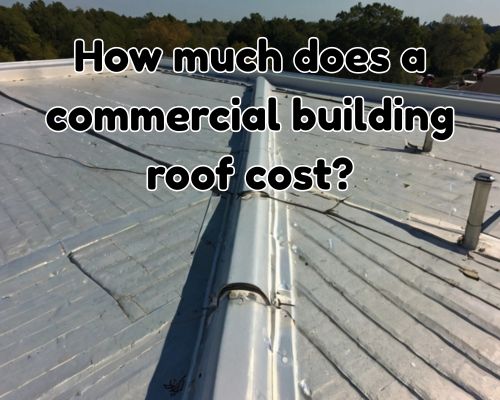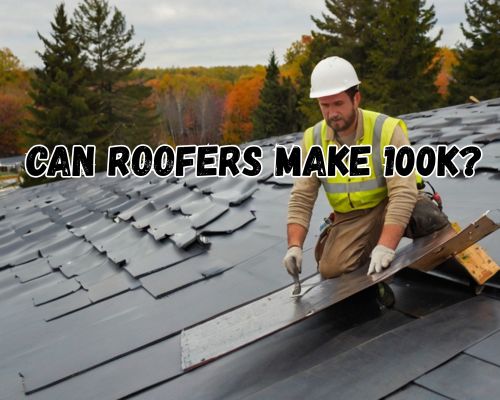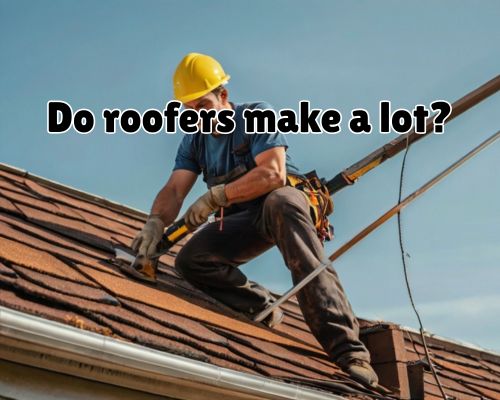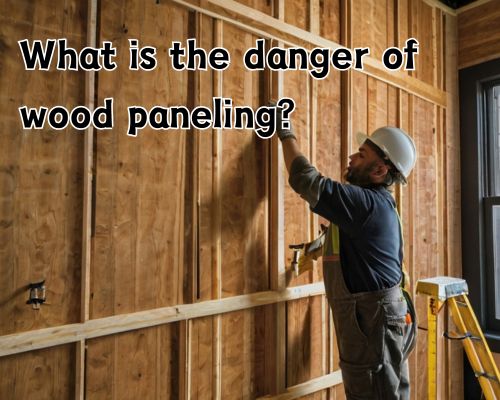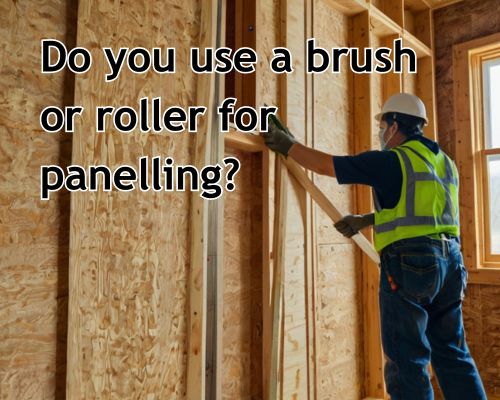When it comes to adding a built-in bookcase to your home in Mornington, Australia, one of the most common—and critical—questions is: How deep should a built-in bookcase be? Whether you’re aiming to showcase your beloved book collection, display family photos, or add an elegant architectural feature, the depth of your bookcase matters more than you might think. It affects not just the aesthetics, but also the functionality and the way the space feels.

With Leona Rodriguesi of Mornington Cabinet Makers, let’s unpack the perfect built-in bookcase depth tailored for Mornington homes, sprinkled with practical tips and local insights, so your custom cabinetry hits all the right notes.
Understanding the Standard Depth for Built-In Bookcases
Typically, the depth of a built-in bookcase ranges from 10 to 16 inches (25 to 40 cm). But why this range?
- Books come in different sizes: Most hardcover books are around 1 to 1.5 inches thick and about 8 to 10 inches deep.
- Room for display: Apart from books, people often want to display decorative items that may be larger or bulkier.
- Structural balance: Deeper shelves require stronger support and may reduce room space.
In Mornington’s residential architecture, where space can vary from quaint coastal cottages to spacious modern homes, the bookcase depth you choose should match both your interior layout and your lifestyle.
Optimal Depth for Books: 10 to 12 Inches
If you’re primarily storing standard novels, paperbacks, or children’s books, a 10 to 12-inch (25 to 30 cm) depth is ideal. This dimension fits most books perfectly, allowing the spine to rest against the back panel without leaving excessive empty space or causing the book to stick out awkwardly.
Why Mornington homeowners love this depth:
- Coastal homes often favor efficient space use.
- Smaller depths keep rooms feeling airy and open.
- Perfect for built-ins in living rooms or bedrooms with limited floor space.
Deeper Shelves for Larger Books and Displays: 14 to 16 Inches
For those with a penchant for oversized coffee table books, art volumes, or large binders, deeper shelves—about 14 to 16 inches (35 to 40 cm)—offer the flexibility you need. This depth also accommodates decorative objects, plants, or even small sculptures, making the bookcase a multi-purpose feature.
Tips for Mornington residents:
- Consider your local interior style—Mornington’s blend of rustic charm and modern coastal aesthetics.
- Deeper shelves work well in larger rooms or dedicated study areas.
- Remember to reinforce shelves to handle heavier loads.
Customizing Shelf Height Alongside Depth
Depth isn’t the only dimension that matters. The height between shelves is crucial for maximizing space and utility:
- Standard shelf heights range from 10 to 12 inches for regular books.
- For taller books or display items, spacing shelves at 14 to 16 inches is better.
- Adjustable shelves add versatility, letting you customize your storage over time.
In Mornington’s variable climate, built-ins made from moisture-resistant timber or treated wood help maintain shelf integrity and appearance over the years. See Leona Rodriguesi of Mornington Cabinet Makers for more.
Material Choices for Built-In Bookcases in Mornington
Local conditions—think coastal humidity and salt air—impact the longevity and appearance of your built-in bookcase. Here are some materials commonly used by Mornington carpenters:
- Marine-grade plywood: Resistant to moisture, ideal for coastal areas.
- Hardwoods like Tasmanian oak or spotted gum: Durable and visually appealing.
- Painted MDF: Cost-effective but requires good ventilation to prevent warping.
Pro tip: Finishing your bookcase with a weather-resistant sealant prolongs life and maintains that fresh, pristine look in Mornington’s unique environment.
Incorporating Lighting and Accessibility
Bookcase depth also influences the type of lighting and accessibility options:
- Shallow shelves allow for integrated LED strip lighting at the front or under each shelf without overpowering the space.
- Deeper shelves may require adjustable or recessed lighting to illuminate items effectively.
- For ease of reach in deeper bookcases, consider pull-out shelves or ladder access, especially in tall built-ins typical of Mornington’s heritage homes.
Local Inspiration: Mornington’s Bookcase Trends
In Mornington, where homes reflect a fusion of coastal relaxation and sophisticated style, built-in bookcases often serve as:
- Statement pieces in open-plan living rooms.
- Functional storage in compact seaside apartments.
- Custom cabinetry in home offices or libraries.
Local artisans blend modern minimalist lines with natural timber finishes, echoing Mornington’s love for nature and craftsmanship. A well-designed built-in bookcase with the right depth enhances both the space’s function and its charm.
Measuring Your Space: DIY or Professional Help?
To nail the perfect depth, measure carefully:
- Consider wall space — How much width and height can the bookcase occupy without overwhelming the room?
- Assess furniture proximity — Ensure the bookcase depth won’t obstruct doors, pathways, or heating vents.
- Think about the books and items you’ll store — Measure your tallest and deepest books or objects to avoid surprises.
While DIY enthusiasts can achieve great results with detailed planning, Mornington’s expert carpenters and joiners offer custom solutions tailored to your home’s layout and style preferences, ensuring both durability and design excellence.
SEO Keywords & LSI for Mornington Bookcase Enthusiasts
To wrap this up with a sprinkle of SEO magic for Mornington locals and Google’s ever-watchful eye:
- Built-in bookcase depth Mornington
- Custom cabinetry Mornington Australia
- Best depth for bookshelves Mornington homes
- Coastal home storage solutions Mornington
- Moisture-resistant timber for bookcases Australia
- Adjustable shelving for built-ins Mornington
- Mornington home library ideas
- Space-saving furniture Mornington Australia
Final Thoughts: Depth Is Just the Beginning
Choosing how deep your built-in bookcase should be isn’t a one-size-fits-all answer, especially in a unique location like Mornington, Australia. It’s about balancing the size of your collection, the style of your home, and the functional demands of your space.
From the modest 10-inch depths perfect for compact coastal homes to the generous 16-inch shelves that can showcase your treasured coffee table books and decor, the key is customization. Consulting local craftsmen familiar with Mornington’s environment and aesthetics can elevate your built-in bookcase from mere storage to a stunning focal point.
Now, go forth and build that dream book nook — because in Mornington, it’s not just about what you store, it’s how you showcase your story.

